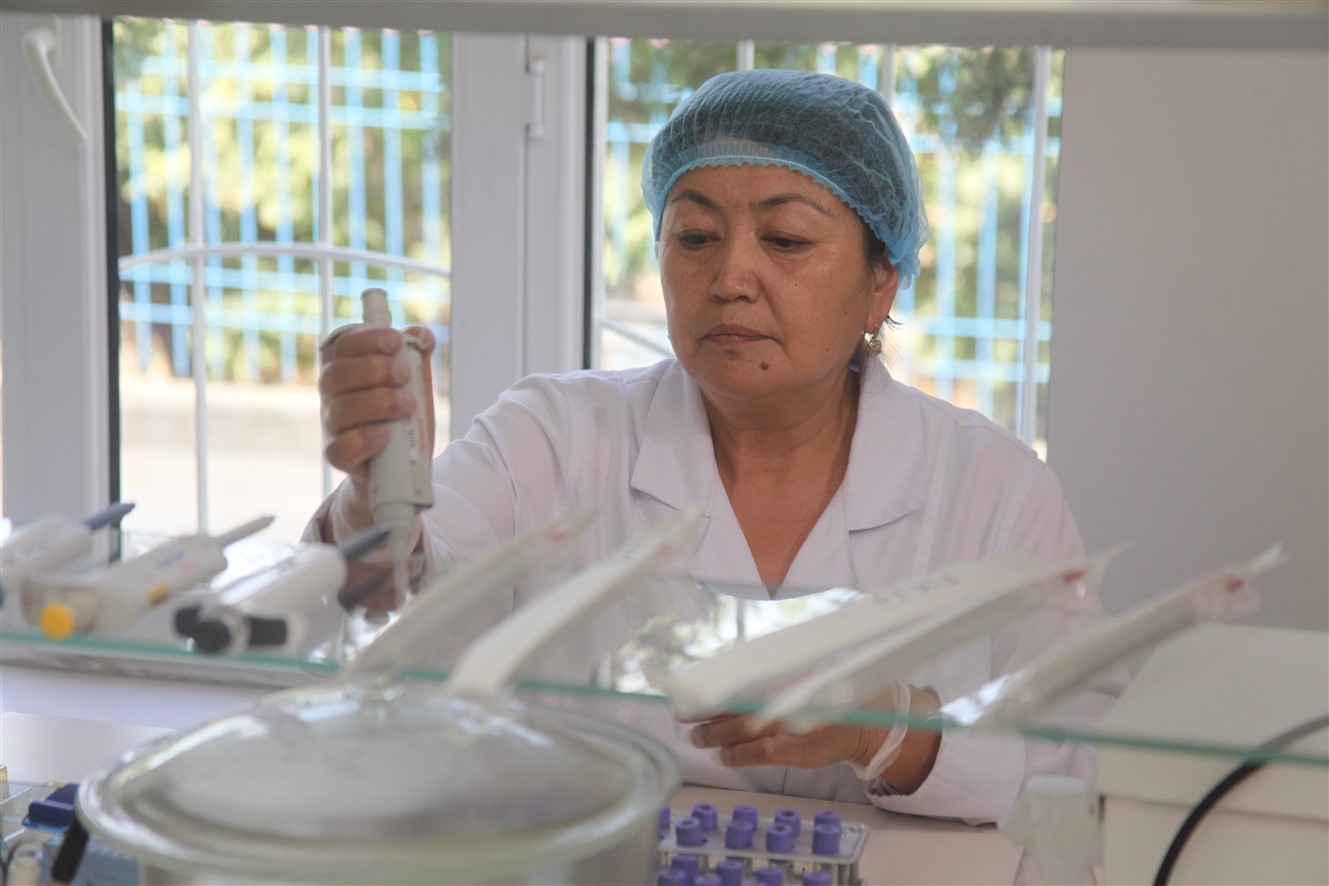In 2018, the Ombudsman Institute published a large-scale report that found about 1 million citizens of Kyrgyzstan have no access to safe drinking water. The situation has not changed much in past three years and the issue of drinking water is still urgent. Uzgen became an exception to this list of affected districts thanks to the cooperation of local authorities and UNDP.
The study showed that almost 40% of the country's population drinks water from small rivers, canals, and springs, in addition to imported water. In the affected regions, this issue often causes the development and spread of many infectious and intestinal diseases, which in turn causes a serious threat to human life and the gene pool of the nation in general.
Clean water donors
Since its independence, Kyrgyzstan has received tens of millions of dollars from donors to resolve its water problems. Many of these donors were international organizations that provided help directly to local communities.
For example, in 2018, UNDP, under its project “Integrated Development of the Osh province” and with the financial support of the Russian Federation, supported Uzgen sanitary and epidemiological department by providing modern equipment for water quality control. For three years now, 300,000 residents of Uzgen district have been drinking only clean drinking water.
"We check all qualities of the water, including its chemical composition. We look at the indicators of ammonia, nitrate, nitrite, chloride, fluorine, iron, stones. And this is a voltametric analyzer, it detects toxicological indicators," – says Asylkan Satieva, the head of the laboratory of the Uzgen Center for Disease Prevention, State Sanitary and Epidemiological Supervision.
Laboratory specialists check the water according to 9 indicators. Two dozen water sources in the Uzgen district are under their constant control, as well as any new wells.
Health is the main indicator
The cases of diseases related to water quality have been significantly decreased in recent years in Uzgen due to the new equipment. "Water samples are brought to us quarterly for regular monitoring its quality. We check whether the composition of the water has changed and whether it has any harmful substances," says – Eliza Konurbayeva, a laboratory assistant.
"Before getting the modern equipment, we had to use old devices that did not reveal all of the important indicators. For example, we had a distiller, but it couldn't give us the bidistilated (twice purified) water we needed for the analyzer. We also did not conduct tests for the toxicological composition of water, that is now possible in the lab," explains Asylkan Satieva, the head of the laboratory.
There are still much to be achieved in solving the problem of access to safe drinking water for the population of Kyrgyzstan and it is still the largest challenge for the government. However, little opportunities like this help to improve the quality of life in rural areas and reduce social tensions.

 Locations
Locations


